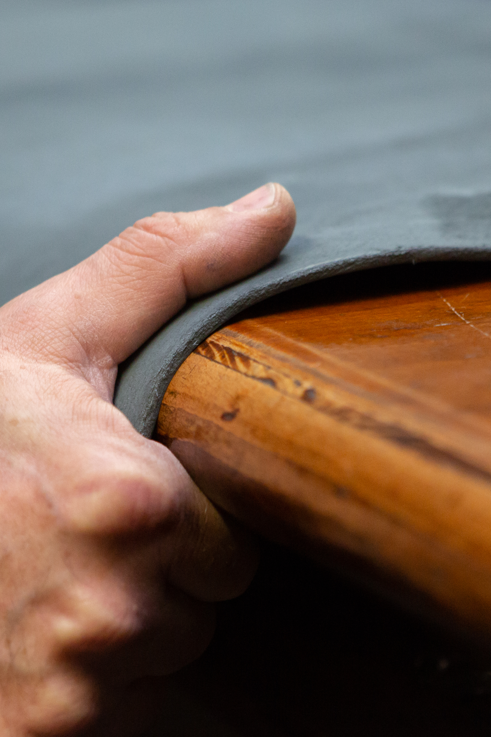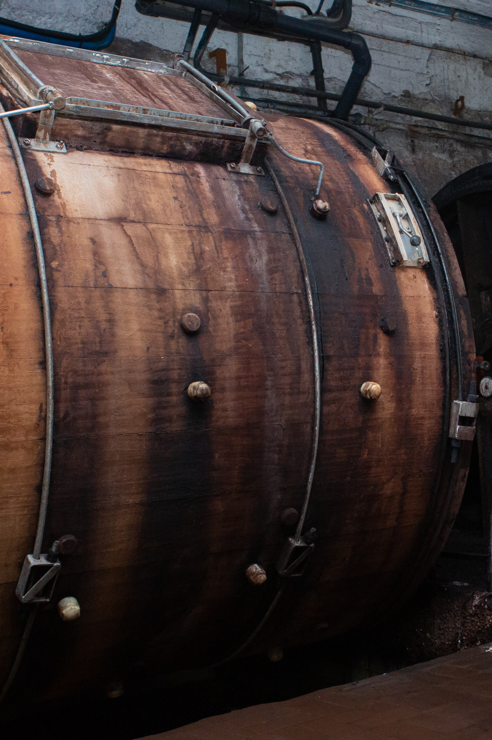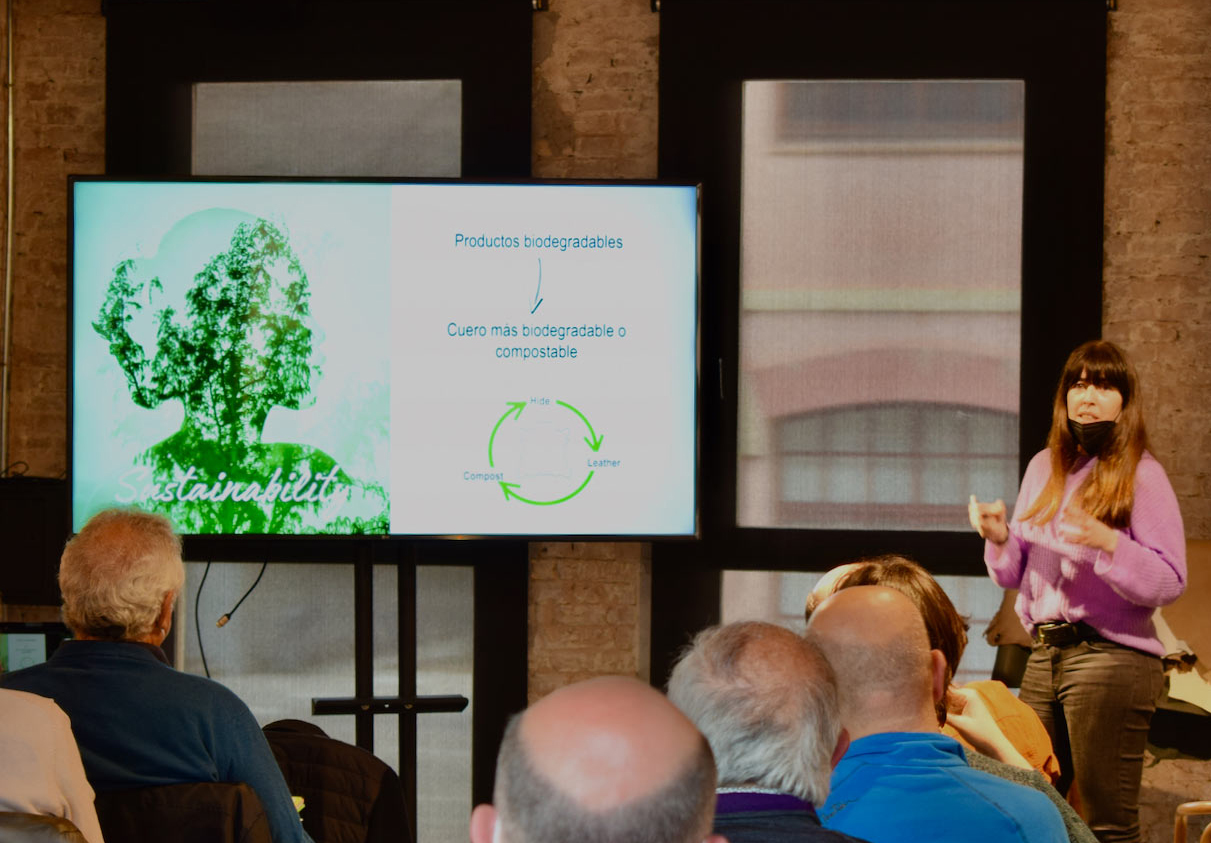Content published by: Leather Naturally
Are animals killed for leather?
No, hides come from animals raised for food. This accounts for 99% of the world’s leather.
The main sources of animal hides are cattle – 69%; sheep – 13%; goats – 11%, and pigs – 6%. Their skins are a valuable global resource and, thanks to tanners’ and manufacturers’ skills and knowledge, they ensure this versatile material does not end up in landfill. Current estimates put this at a saving of 7.3 million tonnes for cattle hides alone and around 10 million tonnes in total per year. That is a lot of potential waste being transformed into a versatile, usable material.
Is leather sustainable?
Yes. It converts waste from the food industry that would be otherwise thrown away, to make products we use in everyday life.
• Leather keeps around 10 million tonnes out of landfill a year
• Leather is long-lasting
• Leather products are repairable
• Leather can be recycled
• At its end-of-life phase, leather degrades through chemical and biological means
• The leather industry creates employment and skills for millions worldwide, an important defining factor in sustainability and the circular economy.
Is leather environmentally friendly?
Leather is a highly versatile, widely used material. Responsibly made, it is highly regulated and certified with strong environmental credentials. Leather is a by-product of the food industry that saves around 10 million tonnes of waste from landfill every year.
There are strict requirements regarding the use of chemicals in the leather industry. It is restricted by legal requirements and by many voluntary industrial initiatives which are committed to eliminating potentially harmful substances from the supply chain.
The leather industry has established certified standards that consumers can use to better understand the provenance of the leather and leather products they buy.
Where does leather come from?
Leather is made from the hides of animals, treated and finished to create a durable product suitable for a huge range of uses.
The main sources of animal hides are: Cattle – 69% Sheep – 13% Goat – 11% Pig – 6%
These animals are not raised to make leather. Their hides are a by-product of being raised for food and, transforming them into leather ensures that a valuable resource does not contribute to the waste and environmental impact of landfill.
What is Vegan leather?
Vegan leather (sic) does not exist. It is a marketing term and any material that is not of animal origin can be labelled as ‘vegan’.
It is important to realise that the ‘vegan’ tag does not necessarily mean ‘natural’, ‘green’ or ‘sustainable’, nor does it necessarily provide the same wear and durability qualities as real leather.
How is leather made?
Leather making is generally referred to as tanning, but actually has five key operations:
• Cleaning
• Tanning
• Retanning
• Milling
• Finishing
Hides and skins that are a waste by-product from the food industry account for 99% of the worlds leather. In a circular economy, transforming this waste into a versatile everyday material is the most responsible thing to do.
What is vegetable tanned leather?
Vegetable tanning is the oldest tanning method, it uses extracts from wood, and nuts of trees and shrubs. Responsible suppliers will ensure these are from a sustainable source. It usually takes longer to tan leather using this method, but the result is a leather with distinctive aesthetic and handle that ages beautifully.
What is Chrome tanned leather?
About 75% of leather made today is chrome tanned. The process uses trivalent chromium (Cr III), which is a safe substance that also represents an essential part of our diet with many people taking daily supplements that contain it.
Best practices of chrome tanning use half the chemicals required by other methods and produces effluent content below legal requirements. Chrome tanning produces consistent leathers that can be used or worn year after year without any loss of properties.
Can leather be recycled?
Yes. Leather fibreboard is made by grinding up old leather and is used in shoes to create insoles and heel inserts and leather trimmings are used as stuffing for items such as punch bags. New composite materials are also being developed that incorporate ground up leather.
Increasingly companies developing ways of using the leather trimmings that result from production and businesses that repurpose leather products into something new, enabling them to be recycled and reused.
How long does leather last
Well-made and cared for leather products will last generations. This longevity together with repairability means that leather can make an important contribution to a society that is looking to consume less, and repair and reuse more.
You can access the original post HERE.
























